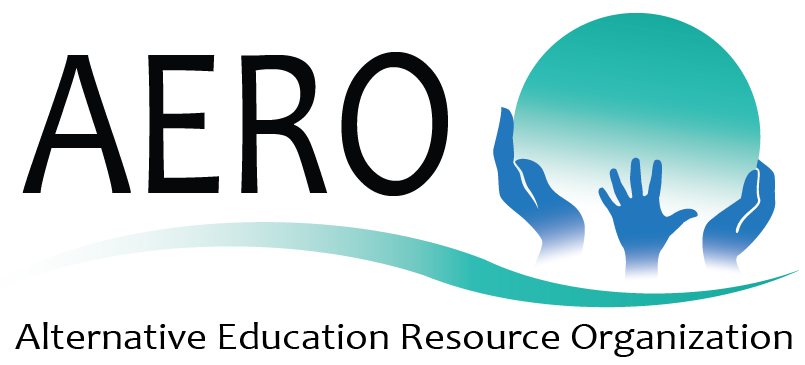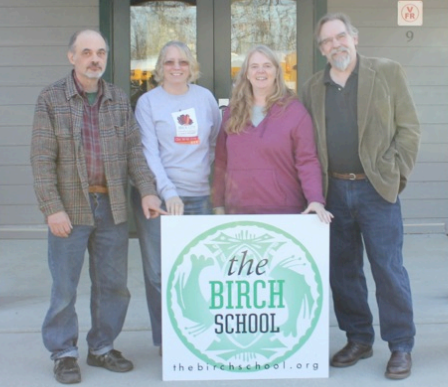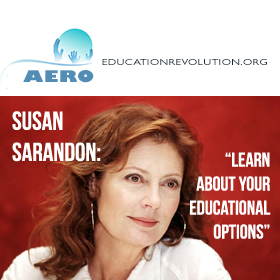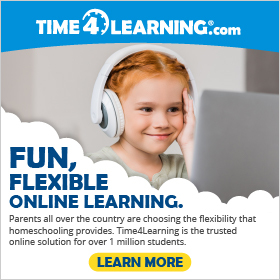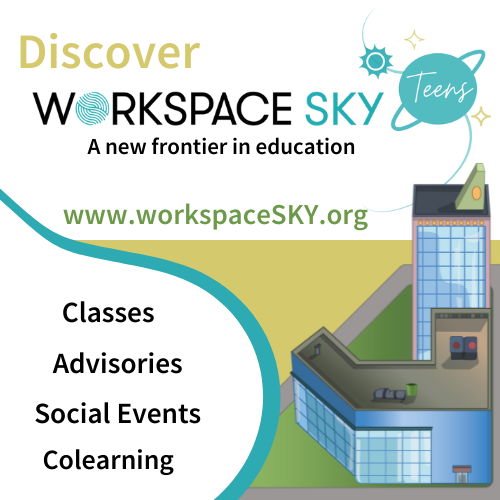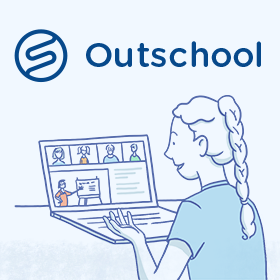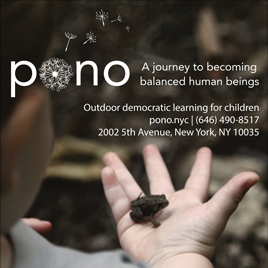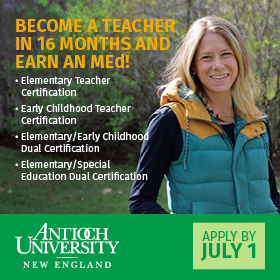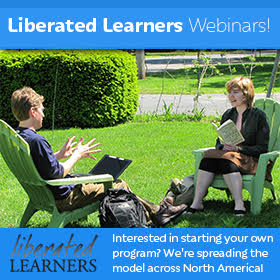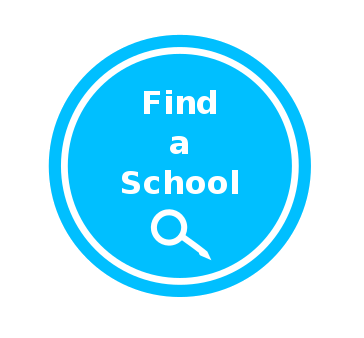By Jen Mendez
In many cases, our society and traditional education system has stripped parents of the belief in their ability and responsibility to be an educator-mentor for their child. Often, parents have become so disenfranchised and disempowered that they believe their only option is to put their child into the hands of a professional educator, usually within the traditional education system. To help empower parents, I founded a worldwide, online community of parent-educators who share ideas and resources. I would like to share one simple, yet effective resource that can help parents self-empower the educator within and for teachers and schools to enrich the relationship with parents, the Question Wall.
It can be helpful for parents, educators, and even the children themselves to have a framework with which to be able to formulate, capture, explore, and explore the depths of their questions and imaginations. What, when, and how they do it is left in the hands of the learner and educator-mentors, but the scaffolding is in place for them to build what they can imagine. This is what the Question Wall process can do and it is one of the Educational Design tools that connects real life, experiential educational practices both at home and, if applicable, in a learning group, center, or school setting. This tool can also be helpful in the case of a child whose learning landscape includes a technological "edge" that can be enriched by targeting online learning to the child's interests.
Literally, a question wall is a physical wall that you dedicate to questions. It sounds so simple and yet can be something that is amazingly effective and empowering. I suggest parents put everyone's questions up on the wall, not just the children's. Consider using individual pieces of paper for each question rather than a poster, so the questions can be moved around, re-organized, and taken down. I've seen parents use expandable folders where follow-on questions or documentation from the search and discovery of answers can be kept in together.
If part of the goal is to empower, then of course find a place to keep all the materials – paper, markers, and painters' tape – organized so that the kids can access these and add questions to the wall when inspired to do so. Furthermore, there is no reason a Question Wall has to only be in a written medium. Think about having handheld audio recorders for children to record their questions and make an interactive digital question wall. Maybe this even becomes the screensaver image on a computer.
Use further questions, not statements, to help children further engage in the learning that was driven by their questions. For example, if a young child says, "Why sky blue?" and you say, "What a thoughtful and observant question! Why is the sky blue?" Then, prompt them to repeat the question correctly by saying something like, "So, what exactly are you going to write for the question wall?" Perhaps you follow up with, "How do you think you would like to explore this question?"
Finally, interact with this wall physically and cognitively. Think of this as a living document. You can do this by simply asking questions about the child's questions because you yourself are interested, either in the topic of the question or in the issue because it is so important to the child you love. Become pattern investigators and explore the Question Wall this way rather than one question at a time. For example, sort and categorize by topic to look for patterns in what the child is interested in and what sort of questions (simple to answer close ended or more complex open-ended inquiry-driven) the child is asking. Both the young learner and the educator-mentor, who is also a learner, are able to enrich individual knowledge, skills, experiences, and curiosity through a shared learning opportunity.
For educational groups, learning centers, and schools, think about how sharing an idea like this can be used to integrate home and school learning, as well as provide a fun, simple way for parents to become more active in the children's educational and life interests. Maybe parents do this at home and bring in a picture, email, or make time for a one-minute conversation about what is on the Question Wall at home once a month. This can become a standard topic you inquire about when talking to a parent coming to drop off or pick up their child. Or, perhaps you start a community Question Wall in a location where the parents not only see it each day, but are encouraged to and can easily contribute to it within the space of the school rather than within the home. Help parents self-empower the educator within.
"In times of change, learners inherit the earth, while the learned find themselves beautifully equipped to deal with a world that no longer exists." – Eric Hoffer
